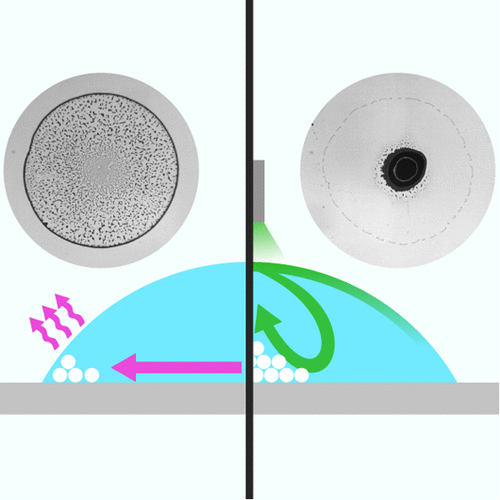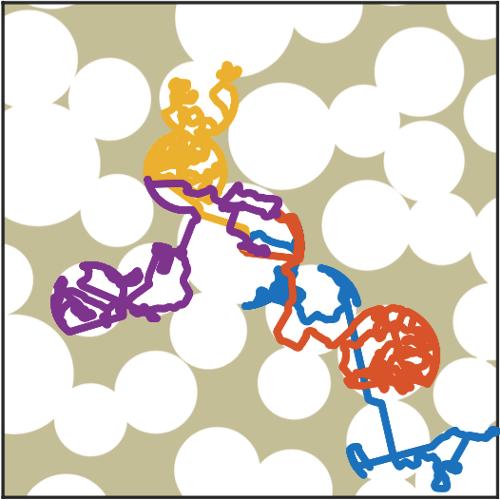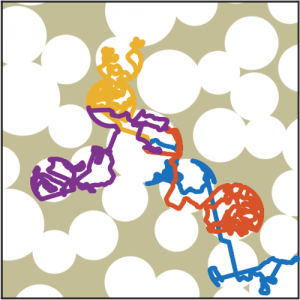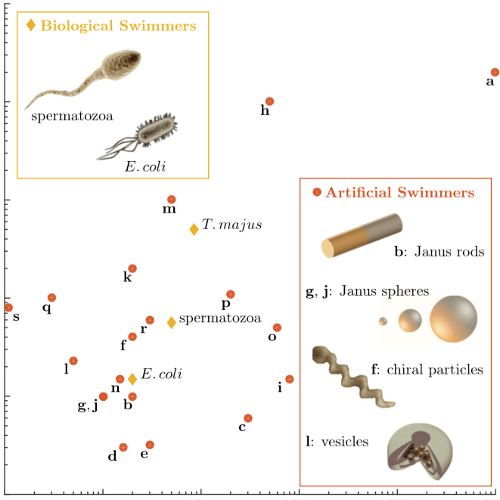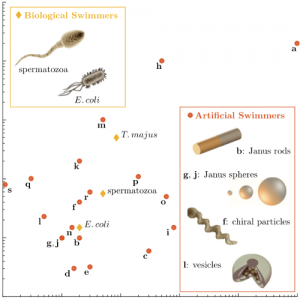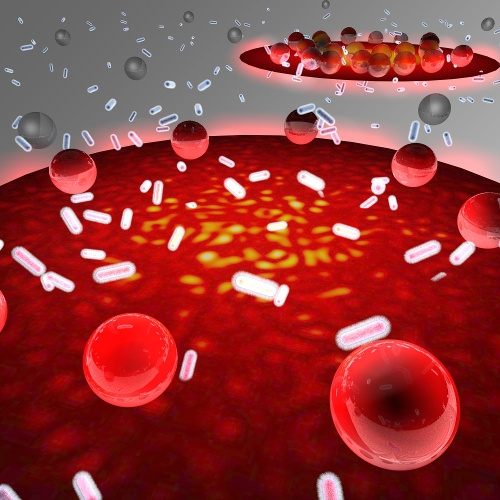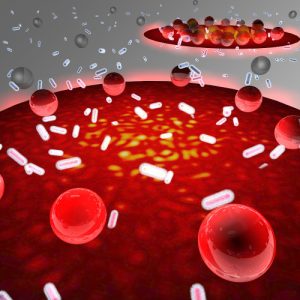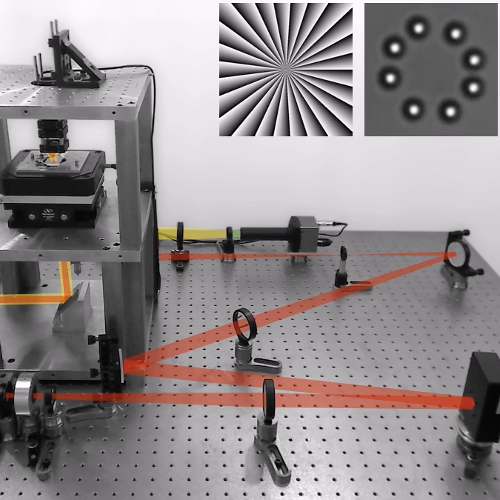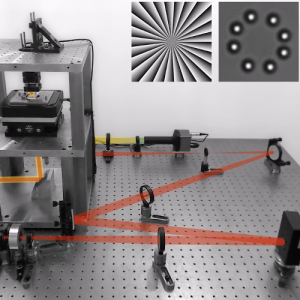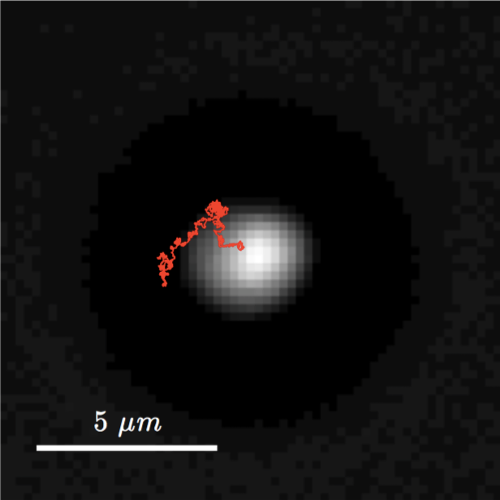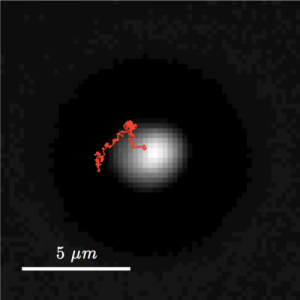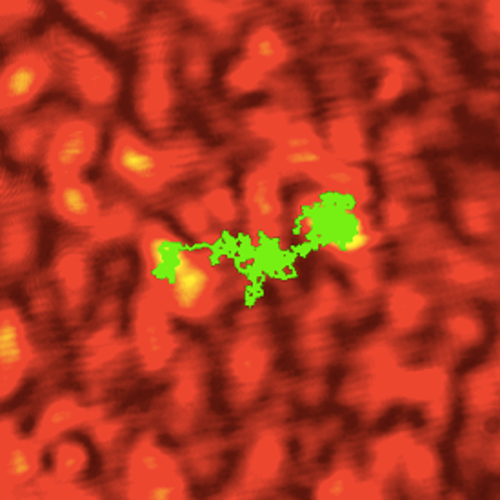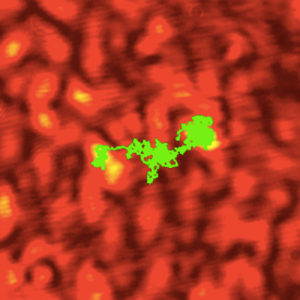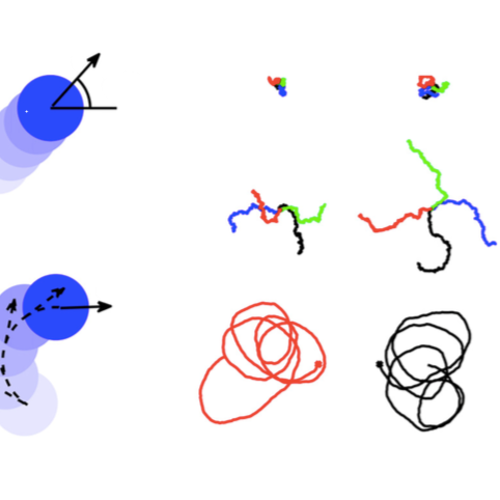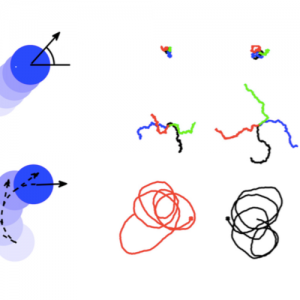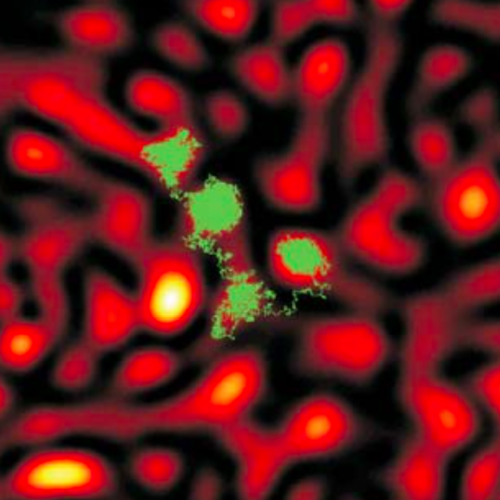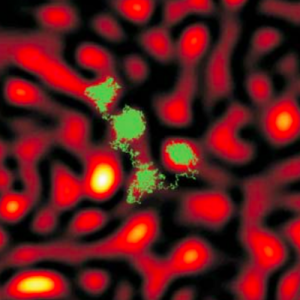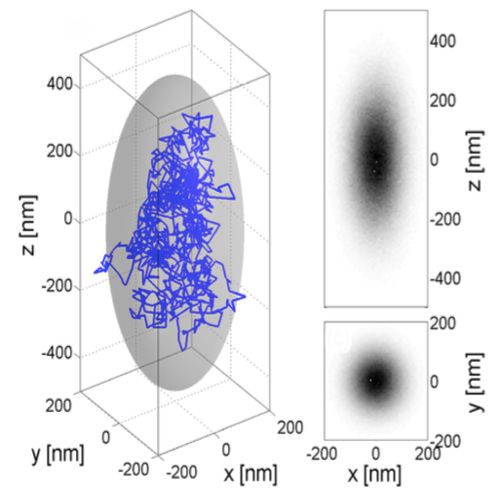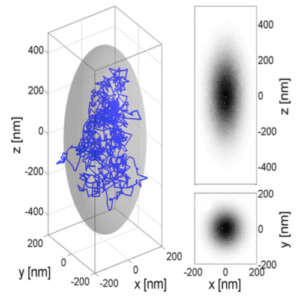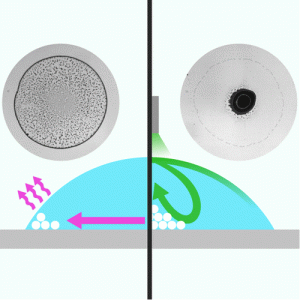
Dynamic control of particle deposition in evaporating droplets by an external point source vapor
Robert Malinowski, Giovanni Volpe, Ivan Parkin & Giorgio Volpe
The Journal of Physical Chemistry Letters 9(3), 659—664 (2018)
DOI: 10.1021/acs.jpclett.7b02831
arXiv: 1801.08218
The deposition of particles on a surface by an evaporating sessile droplet is important for phenomena as diverse as printing, thin-film deposition, and self-assembly. The shape of the final deposit depends on the flows within the droplet during evaporation. These flows are typically determined at the onset of the process by the intrinsic physical, chemical, and geometrical properties of the droplet and its environment. Here, we demonstrate deterministic emergence and real-time control of Marangoni flows within the evaporating droplet by an external point source of vapor. By varying the source location, we can modulate these flows in space and time to pattern colloids on surfaces in a controllable manner.
